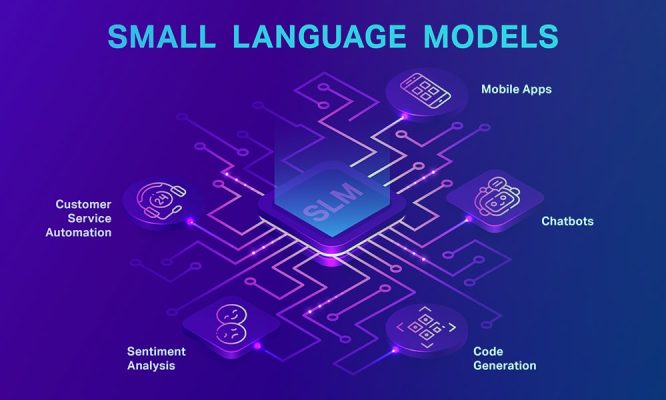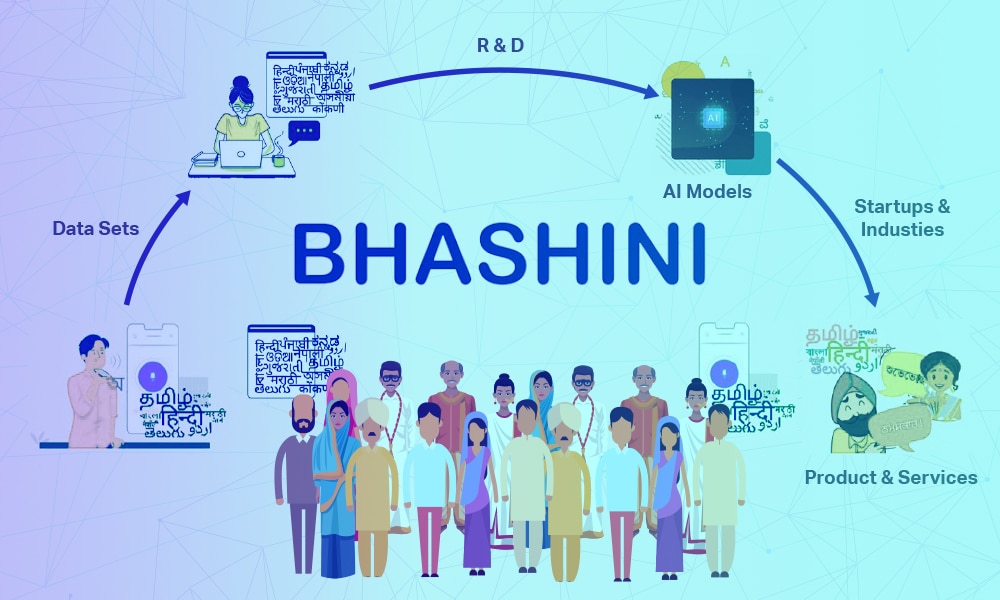They say great things come in small packages and perhaps, Small Language Models (SLMs) are perfect examples of this.
Whenever we talk about AI and language models mimicking human communication and interaction, we immediately tend to think of Large Language Models (LLMs) like GPT3 or GPT4. However, at the other end of the spectrum lies the wonderful world of small language models, which are perfect counterparts to their larger variants, arriving as convenient companions to empower ambitions that do not require much scale.
Today, we are excited to shed light on what SLMs are, how they fare compared to LLMs, their use cases, and their limitations.
What Are Small Language Models?
SLMs are a branch of AI models that are architectured to detect, understand, and reciprocate human languages. The prefix (or the adjective) Small here refers to the size, which is comparatively smaller, allowing them to be more focused and niche.
If LLMs are trained on billions or trillions of parameters, SLMs are trained on hundreds of millions of parameters. One of the standout aspects of smaller models is that they deliver impeccable results despite being trained on a lesser volume of parameters.
To understand SLMs better, let’s look at some of their core characteristics:
Smaller Size
Because they are trained on fewer parameters, they are easily trainable and minimize the intensity of computational capabilities for functionality.
Niche, Focused, & Customizable
Unlike LLMs, they are not developed for all-encompassing tasks. Instead, they are built and engineered for specific problem statements, paving the way for focused conflict resolutions.
For instance, a medium-sized business can get an SLM developed and deployed only to take care of customer service complaints. Or, a BFSI company can have an SLM in place only to perform automated background checks, credit scoring, or risk analysis.
Minimal Dependency On Hardware Specifications
SLMs eliminate the need for complex and heavy digital infrastructure and peripheral requirements for training and deployment. Since they are relatively smaller in size and functionality, they also consume less memory, making them ideal for implementation in edge devices and environments that are predominantly resource-constrained.
More Sustainable
Smaller models are comparatively environmentally friendly as they consume less energy than LLMs and generate less heat because of their reduced computational requirements. This also means minimized investments in cooling systems and maintenance expenses.
Versatility & Affordable
SLMs are tailored for the ambitions of small and medium-sized businesses that are contained in terms of investments but have to leverage the power and potential of AI for their business visions. Since smaller models are adaptable and customizable, they allow flexibility for businesses to deploy their AI ambitions in phases.
Real-world Examples Of Small Language Models
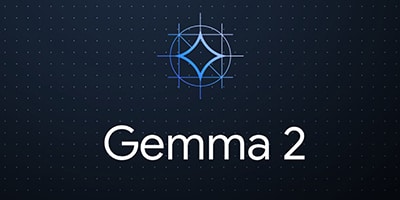

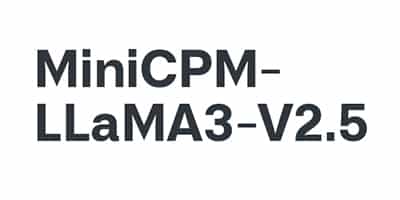
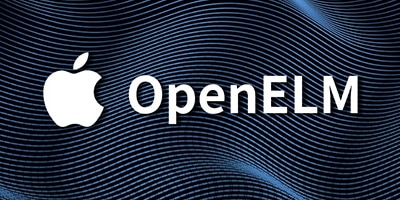

The Working Of A Small Language Model
Foundationally, the working principle of a small language model is very similar to that of a large language model in the sense that they are trained on large volumes of training data and code. However, a few techniques are deployed to transform them into efficient, smaller variations of LLMs. Let’s look at what some common techniques are.
| Knowledge Distillation | Pruning | Quantization |
|---|---|---|
| This is the knowledge transfer that happens from a master to a disciple. All the knowledge from a pre-trained LLM is transferred to an SLM, distilling the essence of the knowledge minus the complexities of the LLM. | In winemaking, pruning refers to the removal of branches, fruit, and foliage from wine. In SLMs, this is a similar process involving the removal of unnecessary aspects and components that could make the model heavy and intense. | When the precision of a model in performing calculations is minimized, it uses comparatively less memory and runs significantly faster. This process is called quantization and enables the model to perform accurately in devices and systems with reduced hardware capabilities. |
What Are The Limitations Of Small Language Models?
Like any AI model, SLMs have their fair share of bottlenecks and shortcomings. For beginners, let’s explore what they are:
- Since SLMs are niche and refined in their purpose and functionality, it can be difficult for enterprises to significantly scale their smaller models.
- Smaller models are also trained for specific use cases, making them invalid for requests and prompts outside of their domain. This means enterprises will be forced to deploy multiple niche SLMs rather than having one master model.
- They can be slightly difficult to develop and deploy because of existing skill gaps in the AI space.
- The consistent and rapid advancement of models and technology, in general, can also make it challenging for stakeholders to evolve their SLM perpetually.
Training Data Requirements For Small Language Models
While the intensity, computational ability, and scale are smaller when compared to large models, SLMs are not light in any sense. They are still language models that are developed to tackle complex requirements and tasks.
The sentiment of a language model being smaller cannot take away the seriousness and impact it can offer. For instance, in the field of healthcare, an SLM developed to detect only hereditary or lifestyle-driven diseases is still critical as it stands between the life and death of an individual.
This ties back to the notion that training data requirements for smaller models are still crucial for stakeholders to develop an airtight model that generates results that are accurate, relevant, and precise. This is exactly where the importance of sourcing data from reliable businesses comes in.
At Shaip, we have always taken a stance on sourcing high-quality training data ethically to complement your AI visions. Our stringent quality assurance protocols and human-in-the-loop methodologies ensure your models are trained in impeccable quality datasets that positively influence outcomes and results generated by your models.
So, get in touch with us today to discuss how we can propel your enterprise ambitions with our datasets.
